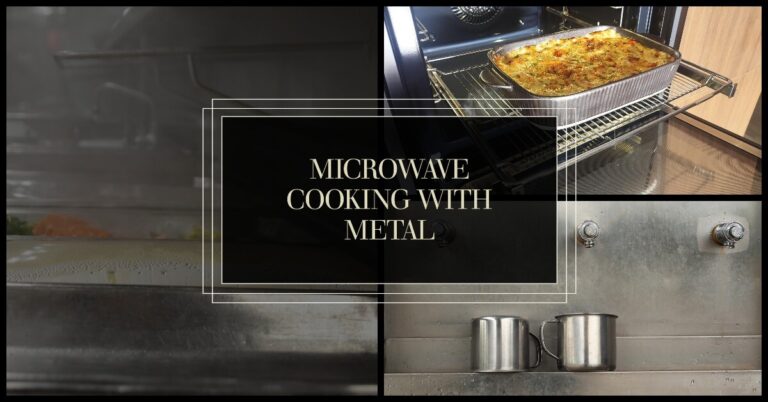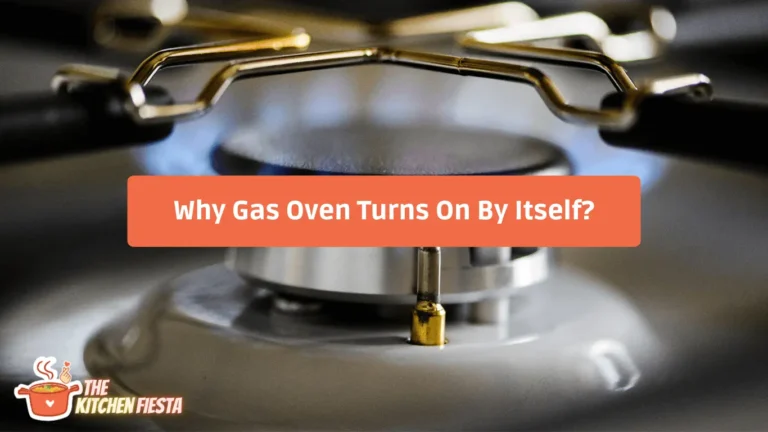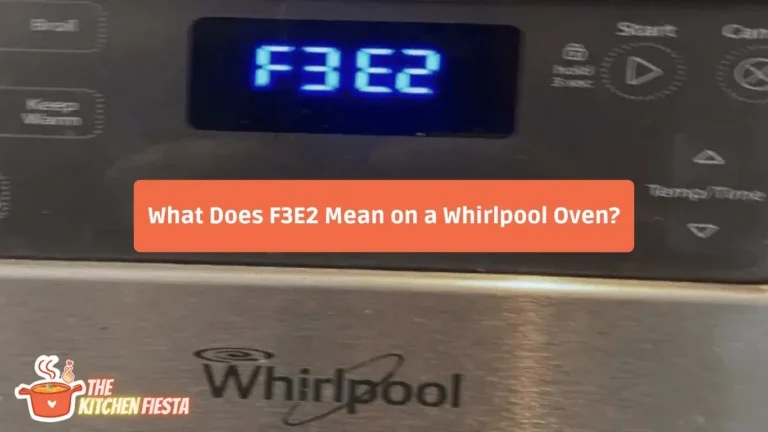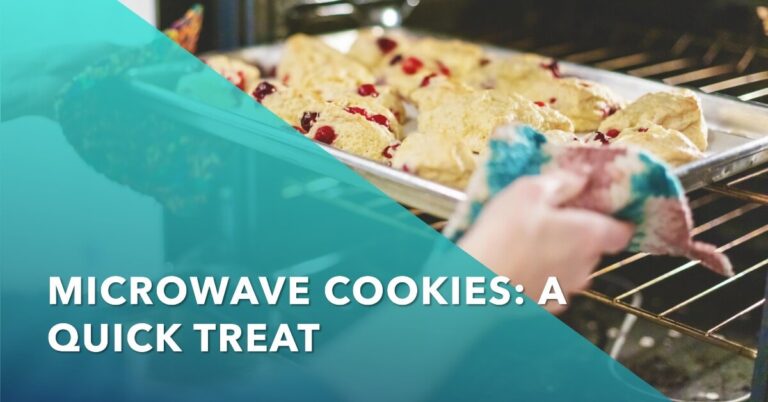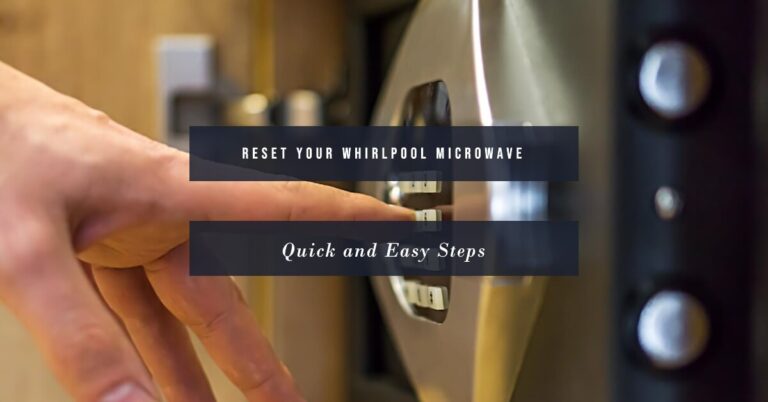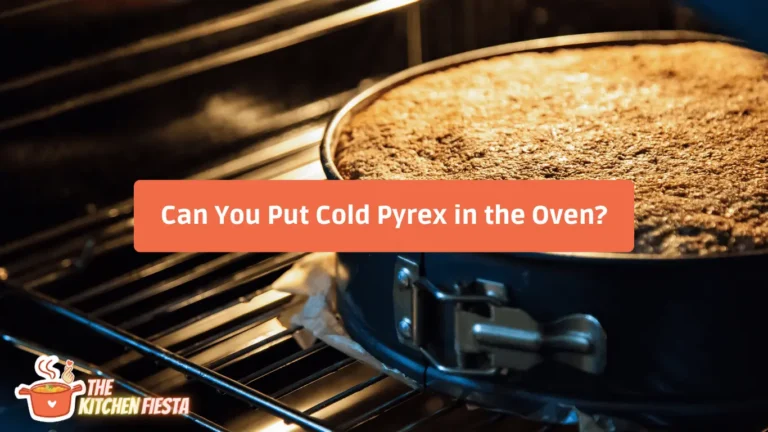Preheated Oven Only: Understanding Pyrex, Glass, and Ceramic Cookware
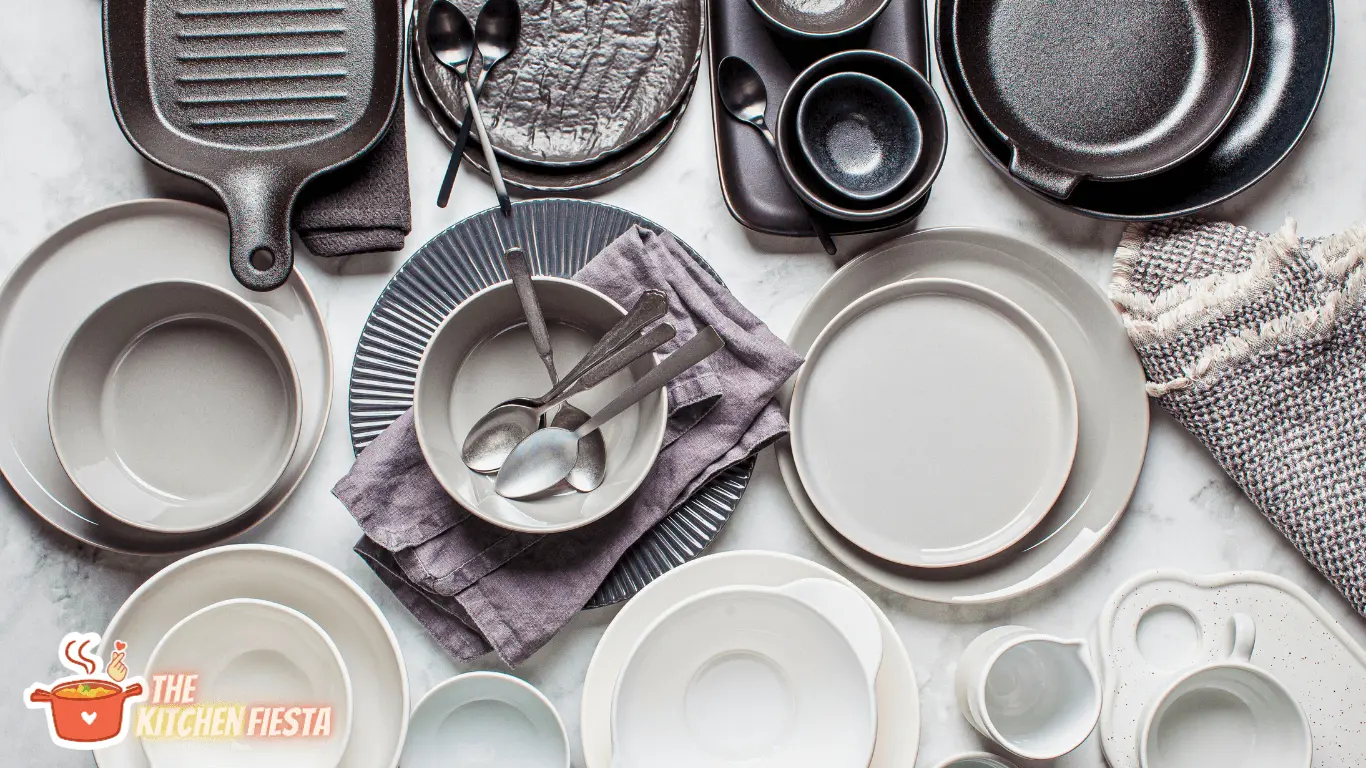
Preheating the oven is an essential step in baking or cooking. But have you ever wondered what it means when your Pyrex, glass, or ceramic cookware says “preheated oven only”? This warning label can be found on many cookware products, and it’s important to understand what it means to avoid any potential damage or accidents.
When using cookware labeled “preheated oven only,” it means that it is safe to use in an oven that has already been preheated to the desired temperature. This warning label is commonly found on Pyrex, glass, and ceramic cookware because sudden temperature changes can cause these materials to shatter or break. Preheating the oven first, the cookware can gradually and evenly heat up, reducing the risk of damage.
Why Preheat?
Preheat the oven before placing the dish inside. Preheating the oven ensures that the cookware will be evenly heated, resulting in better cooking results. In this section, we will discuss the benefits of preheating and why it is impofollowingacturer’s instructions.
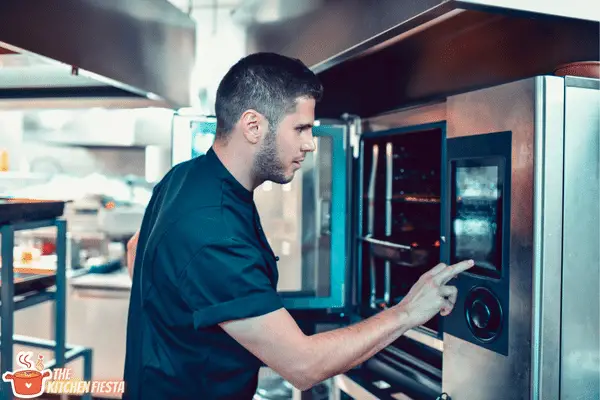
Better C is important in looking at Results
Preheating the oven allows the cookware to reach the desired temperature before adding the food. This ensures the food will cook evenly and thoroughly, resulting in better cooking results. When the oven is not preheated, the cookware may not reach the desired temperature, resulting in undercooked or unevenly cooked food.
Preventing Breakage
It also helps to prevent the breakage of Pyrex, glass, or ceramic cookware. When the cookware is placed in a cold oven, it may experience thermal shock, which can cause it to crack or break. Preheating the oven allows the cookware to heat up gradually, reducing the risk of thermal shock and breakage.
Safety
If the oven is not properly preheated, it can lead to inadequate temperature in the cookware, increasing the risk of foodborne illnesses. Moreover, it is crucial to avoid placing cold Pyrex, glass, or ceramic cookware directly into a hot oven as this can pose a significant danger, potentially causing the cookware to shatter or break into pieces.
Pyrex, Glass, and Ceramic Cookware
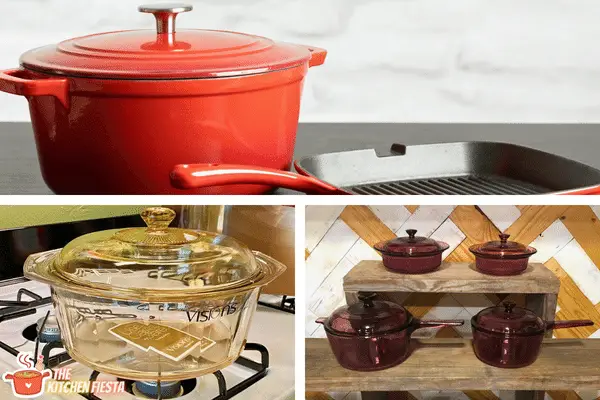
Pyrex, glass, and ceramic are popular choices. Each material has its unique properties, pros, and cons. Let’s discuss each material in detail.
Properties of Each Material
Pyrex is a brand of borosilicate glass that is heat-resistant and durable. It can withstand sudden temperature changes, making it ideal for baking and cooking. It is also dishwasher-safe and easy to clean.
Glass cookware is made from tempered glass, heated to a high temperature and then cooled quickly. This process makes it more resistant to thermal shock and breakage. Glass cookware is also non-reactive, meaning it won’t interact with acidic foods.
Ceramic cookware is made from clay that is fired at high temperatures. It is non-reactive and distributes heat evenly, making it ideal for slow cooking. Ceramic cookware is also aesthetically pleasing and comes in various colors and designs.
Also Read:
Pros and Cons
To ensure optimal cooking results when using Pyrex cookware, it is essential to preheat the oven beforehand. This step guarantees the heat is evenly distributed, leading to uniform cooking. It’s worth noting that Pyrex tends to shatter if it encounters a cold surface or comes into contact with liquids, so caution should be exercised when handling it.
Furthermore, it’s important to know that Pyrex lids are not designed to withstand high temperatures and may melt if exposed to extreme heat in the oven.
Glass cookware offers versatility as it can be used for baking, cooking, and serving. It is a cost-effective option that is widely accessible. However, it’s worth mentioning that glass cookware tends to be heavy, making it more susceptible to breakage if accidentally dropped or exposed to sudden changes in temperature.
On the other hand, ceramic cookware boasts durability and has the potential to endure for many years with proper maintenance. Its non-reactive nature ensures it won’t impart unwanted flavors to the food. In contrast, its excellent heat distribution ensures even cooking. It’s important to note that ceramic cookware tends to be heavy and may not be suitable for high-temperature cooking methods.
What Does Preheated Oven Only Mean?
Temperature Range
When we talk about preheating an oven, we mean setting it to a specific temperature before placing any food inside. The temperature range can vary depending on what you are cooking, but it is typically between 350°F to 450°F (175°C to 230°C).
Duration of Preheating
The duration of preheating depends on the oven type and the desired temperature. However, most ovens usually take 10 to 15 minutes to reach the desired temperature.
Also Read:
Why It Matters for Pyrex, Glass, and Ceramic Cookware?
Placing them in a cold oven can cause them to crack or break. By preheating the oven, we ensure that the cookware is gradually heated to the desired temperature, reducing the risk of damage.
Moreover, preheating the oven is essential for even cooking. When the oven is not preheated, the food may take longer, and the texture and taste can be affected. Preheating ensures the oven is at the right temperature before placing the food inside, allowing it to cook evenly and thoroughly.
Preheating the oven is crucial in cooking, especially when using Pyrex, glass, or ceramic cookware.
How to Preheat Your Oven?
Step-by-Step Guide
Preheating your oven is crucial to ensure that your Pyrex, glass, or ceramic cookware is cooked evenly and thoroughly. Here’s a step-by-step guide on how to preheat your oven:
- Check the recipe or food packaging for the recommended oven temperature.
- Turn on your oven by selecting the desired temperature.
- Wait for the oven to reach the desired temperature before placing your cookware inside.
- Once the oven has reached the desired temperature, place your cookware inside and start cooking or baking.
Tips and Tricks
To ensure that your oven is preheated correctly, here are some tips and tricks:
- Always preheat your oven before cooking or baking to ensure even cooking.
- Avoid opening the oven door frequently during preheating as it can cause the temperature to drop and affect the cooking time.
- Use an oven thermometer to check the accuracy of your oven’s temperature.
- If you’re cooking multiple dishes at once, adjust the cooking time and temperature accordingly to avoid overcooking or undercooking.
- Avoid placing your cookware directly on the oven rack, which can cause uneven cooking. Use a baking sheet or a baking dish instead.
Bottom Line
The “preheated oven only” label on Pyrex, glass, or ceramic cookware means that the cookware is safe to use in an oven, but only if the oven has been preheated to the required temperature before inserting the cookware.
Not all Pyrex, glass, or ceramic cookware is labeled as “preheated oven only,” so always check the label before using it in the oven.
Using cookware that is not oven-safe can result in cracking, shattering, or even exploding, which can be dangerous.
Avoid sudden temperature changes, such as placing the cookware in a hot oven or on a cold surface. This can also cause the cookware to crack or shatter.
FAQs: Preheated Oven Only
Can I Put Cold Pyrex In A Preheated Oven?
It is not recommended to put cold Pyrex in a preheated oven. The sudden temperature change can cause the glass to shatter. It is best to allow the Pyrex to come to room temperature before placing it in a preheated oven.
What Is The Maximum Temperature That Pyrex Can Withstand In The Oven?
Pyrex can withstand temperatures up to 450°F in the oven. However, it is important to note that sudden temperature changes can cause the glass to shatter. Hence, it is best to avoid extreme temperature changes.
Can I Use Pyrex On The Stovetop?
No, Pyrex is not recommended for use on the stovetop. Pyrex is designed for use in the oven, microwave, and refrigerator.
Can I Microwave Pyrex?
Yes, Pyrex is microwave-safe. However, it is important to note that sudden temperature changes can cause the glass to shatter. Hence, it is best to avoid extreme temperature changes when microwaving Pyrex.
Can I put Pyrex in the dishwasher?
Yes, Pyrex is dishwasher-safe. However, it is recommended to place Pyrex on the top rack of the dishwasher to avoid direct exposure to the heating element.

